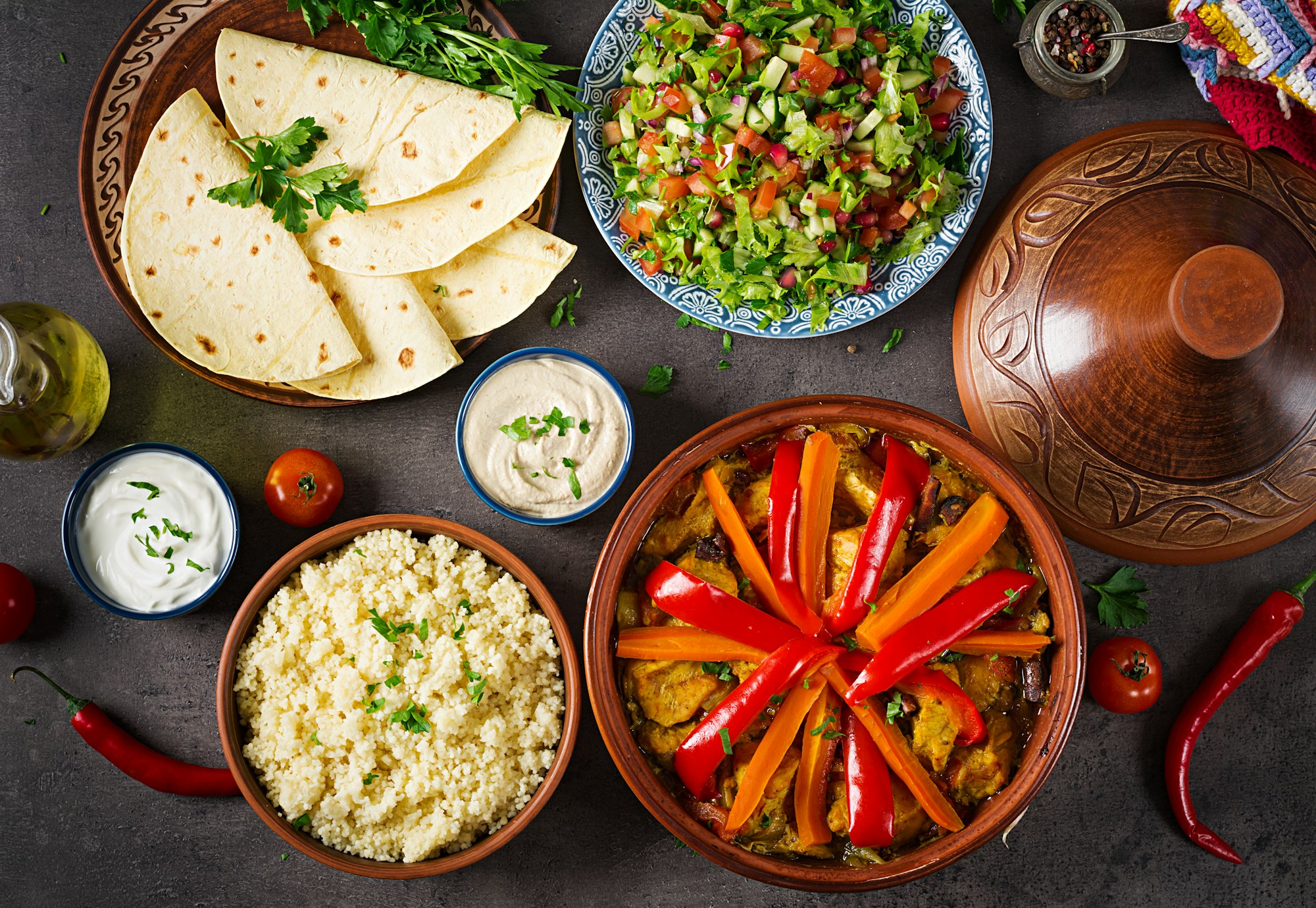In the world of gastronomy, culinary crossroads represent the vibrant intersections where diverse culinary traditions converge, mingle, and inspire new culinary creations. Fusion cuisine, born out of cultural exchange and culinary experimentation, celebrates the rich tapestry of global flavors, ingredients, and techniques that define our culinary landscape. In this guide, we’ll explore the phenomenon of fusion cuisine, tracing its origins, examining its key characteristics, and celebrating its role in promoting culinary diversity and innovation.
1. Origins of Fusion Cuisine: Culinary Convergence and Creativity
Fusion cuisine traces its origins to the ancient trade routes and cultural exchanges that connected distant lands and brought together diverse culinary traditions. Historical trade routes such as the Silk Road and the Spice Route facilitated the exchange of ingredients, spices, and cooking techniques between East and West, leading to the emergence of hybrid culinary styles and flavors. Over time, waves of migration, colonization, and globalization further enriched the culinary landscape, giving rise to a global fusion of flavors and ingredients.
2. Key Characteristics of Fusion Cuisine: Creative Synthesis and Innovation
At its core, fusion cuisine is characterized by its creative synthesis of diverse culinary traditions, ingredients, and techniques. Fusion chefs draw inspiration from a wide range of culinary influences, blending traditional flavors and ingredients with modern cooking methods and presentation styles to create innovative and unique dishes. From sushi burritos and kimchi tacos to curry pizzas and sushi burgers, fusion cuisine pushes the boundaries of traditional culinary boundaries, offering new and exciting flavor combinations that tantalize the taste buds and ignite the imagination.
3. Cultural Influences and Culinary Hybrids: Exploring Global Flavor Fusions
Fusion cuisine draws upon a diverse array of cultural influences and culinary traditions from around the world, resulting in a rich tapestry of global flavor fusions. In cities like New York, Los Angeles, and London, where diverse immigrant communities coexist and interact, fusion cuisine flourishes, reflecting the cultural diversity and culinary creativity of their inhabitants. Chefs experiment with ingredients and techniques from different culinary traditions, creating dishes that reflect the unique cultural heritage and culinary identity of their communities.
4. Fusion Techniques and Culinary Innovation: Pushing the Boundaries of Taste
In the hands of innovative chefs, fusion cuisine becomes a platform for culinary experimentation and innovation, as they push the boundaries of taste, texture, and presentation to create unforgettable dining experiences. Fusion techniques such as molecular gastronomy, sous vide cooking, and deconstructionist cuisine allow chefs to deconstruct traditional dishes, reassemble them in new and unexpected ways, and explore the potential of ingredients and flavors in innovative ways. By combining traditional techniques with modern culinary innovations, fusion chefs create dishes that delight the senses and challenge culinary conventions.
5. Culinary Diplomacy and Cross-Cultural Exchange: Building Bridges Through Food
Fusion cuisine serves as a powerful tool for culinary diplomacy and cross-cultural exchange, as it brings people together around the shared experience of food and fosters mutual understanding and appreciation of different culinary traditions. Through food festivals, pop-up dinners, and collaborative culinary events, chefs from diverse cultural backgrounds come together to share their culinary heritage, exchange ideas, and celebrate the rich diversity of global cuisine. By breaking down cultural barriers and promoting cultural exchange, fusion cuisine builds bridges between communities and promotes a more inclusive and interconnected world.
Conclusion
Culinary crossroads and fusion cuisine represent the vibrant intersections where diverse culinary traditions converge, mingle, and inspire new culinary creations. By embracing the creative synthesis of diverse culinary influences, ingredients, and techniques, fusion cuisine celebrates the rich tapestry of global flavors and culinary traditions that define our culinary landscape. As we explore the world of fusion cuisine, we celebrate the power of food to bring people together, promote cultural exchange, and create shared experiences that transcend borders and boundaries.










